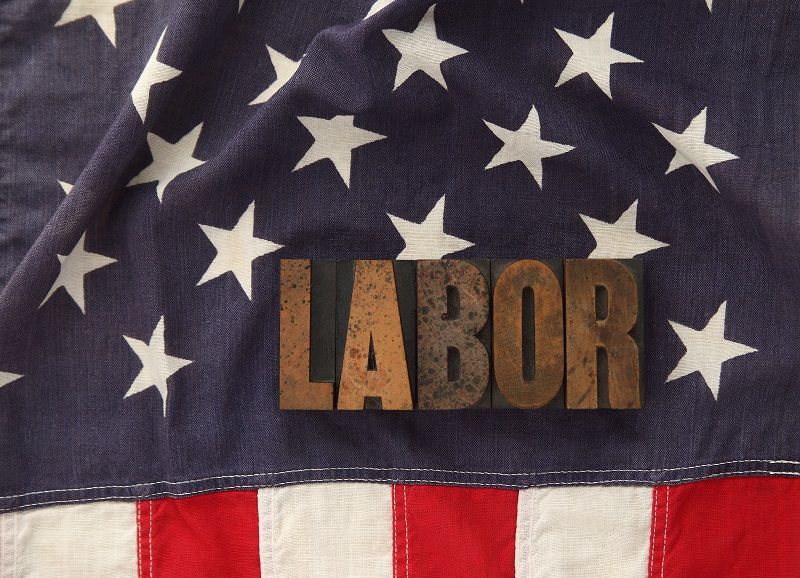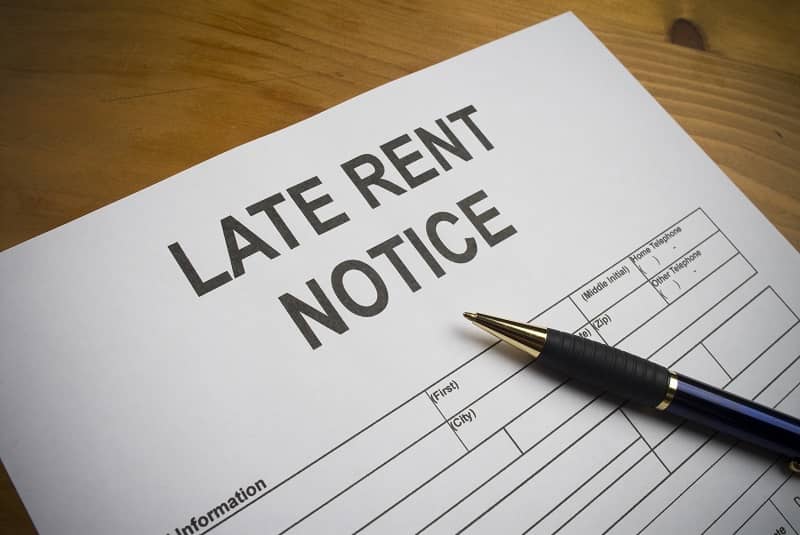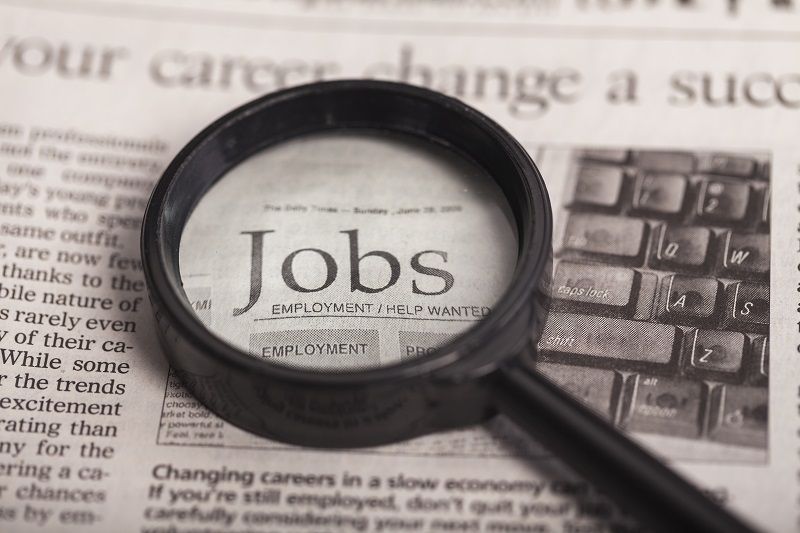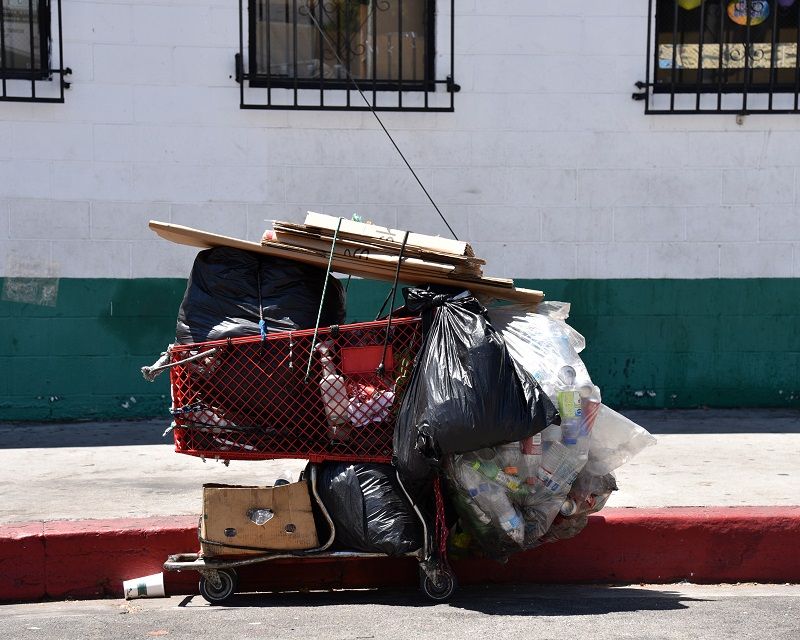A week after Labor Day, The Oregonian published a front-page story about Oregonians who rely on public assistance and how state officials want to help them transition into the workforce. What the article doesn’t mention, however, is that in 13 states, including Oregon, being on welfare can pay more than $15 per hour. The level of public assistance currently available to welfare recipients, compared with the wages they might earn for entry-level work, can act as a severe disincentive to taking a first job and breaking the cycle of long-term dependence.
According to a new study by the Cato Institute, welfare currently pays more than a minimum-wage job in 35 states. That’s more than $31,000 per year, tax-free. Instead of helping people to transition into the workforce, ever-expanding government programs―and the tax disincentives of earned income―can trap the poor at the bottom of the economic ladder just as they are trying to begin the climb.
In The Work Versus Welfare Trade-Off: 2013, authors Michael Tanner and Charles Hughes compare welfare benefits available to a “typical welfare family” (which they define as a single mother with two children) with the wages the adult would need to earn to take home an equivalent dollar income. The authors note that reports on welfare commonly focus on the cash-benefit program Temporary Assistance for Needy Families (TANF), giving the impression that welfare benefits provide families with “a bare subsistence level of income.” “In reality,” Tanner and Hughes write, “the federal government currently funds 126 separate programs targeted toward low-income people, 72 of which provide either cash or in-kind benefits to individuals.” This being the case, a more accurate assessment of the value of welfare “is likely to be far higher than simply the level of TANF benefits.”
The conclusion? In many states, a welfare recipient would lose money by accepting full-time work instead of continuing to rely on public assistance. Welfare benefits are tax-free, so they can exceed the take-home pay a typical recipient could expect to earn entering the workforce. According to the Cato study, “[i]n 11 states, welfare pays more than the average pre-tax first year wage for a teacher. In 39 states it pays more than the starting wage for a secretary. And, in the 3 most generous states a person on welfare can take home more money than an entry-level computer programmer.”
With disincentives like this, it’s hard for people with few skills to give up the security of a welfare check for any kind of paid work. For those with tenuous work habits, or who are very young, it may take even more motivation to forgo welfare (and the leisure time they have while not holding a job) in favor of the hard work, inconvenience, and discipline involved with earning that first entry-level wage. But it is precisely by working that people gain the skills and experience needed to progress in a job, get promoted, earn raises, receive further education or training, create professional networks, think in longer timeframes, build assets, and be in a place where new doors of opportunity can open.
Both research and common sense clearly demonstrate that work is crucial to escaping poverty, beginning with a low-wage, entry-level, or even part-time job if necessary. The U.S. Census Bureau reported in 2010 that only 2.6 percent of full-time workers and 15 percent of part-time workers are poor, according to Federal Poverty Level standards. In contrast, 23.9 percent of adults who do not work at all are poor. A widely cited 2009 Brookings Institution study by Ron Haskins and Isabel Sawhill likewise asserted that three key factors in avoiding poverty in adulthood (and becoming middle class) are to finish high school, to work full time, and to marry before having children. Only two percent of people in the U.S. who do all three of those things live in poverty.
Unfortunately for those who want to leave welfare and become wage earners, the short-term financial consequences are not in their favor while they have few skills, limited education, or little work experience. If young people at the point of entry to work, and people who currently rely on public assistance, lose the belief that earning a paycheck is better in the long term than drawing a benefit check, the cost to their futures will be significant. The workforce participation rate for men 16-24 has dropped from 80% in the 1970s to about 58% today. Young men, especially with less education, are increasingly opting out of the workforce, and not just due to a weak economy. An enabling factor is that with all the government entitlements available, work doesn’t seem to pay.
Many welfare recipients do want to work and are trying to find employment. But many others will continue to make what seems to them to be a rational choice to stay on welfare if it pays more. If policymakers want to reduce dependence and reward work, they should strengthen welfare work requirements and resist allowing the cumulative benefits of welfare to continue to outpace earned income. Tax reform allowing low-wage workers to keep more of their own money (such as the recent temporary reduction in the FICA tax) would be a great boost for people leaving welfare for work. Taking a paying job is and always will be the on-ramp to the road to the middle class.
Kathryn Hickok is Publications Director at Cascade Policy Institute, Oregon’s free market public policy research organization.











